Aldersgate is a Ward of the City of London, England, named after one of the northern gates in the London Wall which once enclosed the City.
Cripplegate was a gate in the London Wall which once enclosed the City of London, England.
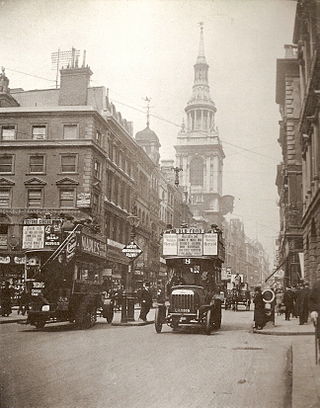
Cheapside is a street in the City of London, the historic and modern financial centre of London, England, which forms part of the A40 London to Fishguard road. It links St. Martin's Le Grand with Poultry. Near its eastern end at Bank junction, where it becomes Poultry, is Mansion House, the Bank of England, and Bank station. To the west is St. Paul's Cathedral, St Paul's tube station and square.

Bassishaw is a ward in the City of London. Small, it is bounded by wards: Coleman Street, east; Cheap, south; Cripplegate, north; Aldersgate, west.

Farringdon Without is the most westerly Ward of the City of London, England. Its suffix Without reflects its origin as lying beyond the City's former defensive walls. It was first established in 1394 to administer the suburbs west of Ludgate and Newgate, including West Smithfield and Temple. This was achieved by splitting the very large, pre-existing Farringdon Ward into two parts, Farringdon Within and Farringdon Without. The large and prosperous extramural suburb of Farringdon Without has been described as having been London's first West End.
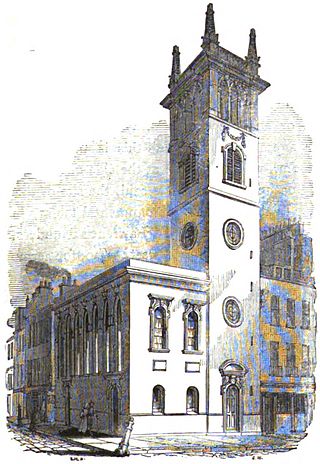
All Hallows Bread Street was a parish church in the Bread Street ward of the City of London, England. It stood on the east side of Bread Street, on the corner with Watling Street. First mentioned in the 13th century, the church was destroyed in the Great Fire of London in 1666. The church was rebuilt by the office of Sir Christopher Wren and demolished in 1876.
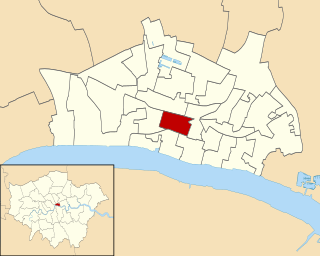
Cordwainer is a small, almost rectangular-shaped ward in the City of London, England. It is named after the cordwainers, the professional shoemakers who historically lived and worked in this particular area of London; there is a Livery Company for the trade — the Worshipful Company of Cordwainers. The ward is sometimes referred to as the "Cordwainers' ward".
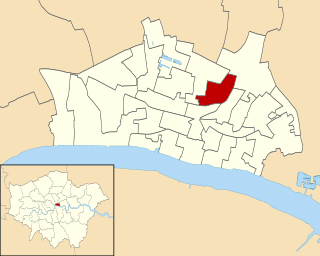
Broad Street is one of the 25 ancient wards of the City of London.
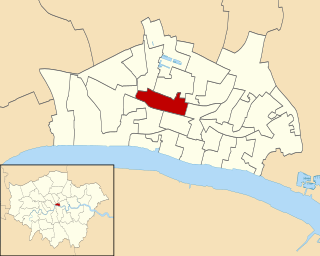
Cheap is a small ward in the City of London, England. It stretches west to east from King Edward Street, the border with Farringdon Within ward, to Old Jewry, which adjoins Walbrook; and north to south from Gresham Street, the border with Aldersgate and Bassishaw wards, to Cheapside, the boundary with Cordwainer and Bread Street wards. The name Cheap derives from the Old English word "chep" for "market".

Langbourn is one of the 25 ancient wards of the City of London. It reputedly is named after a buried stream in the vicinity.

Candlewick is a small ward, one of the 25 ancient wards in the City of London, England.
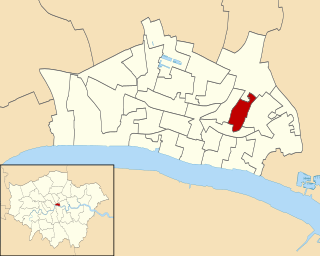
Lime Street is one of the 25 ancient wards of the City of London.
It is divided into four precincts; and it is worthy a remark that, though the ward includes parts of several parishes, there is not even a whole street in it.

Coleman Street is one of the 25 ancient wards of the City of London, England, and lies on the City's northern boundary with the London Borough of Islington.

Castle Baynard is one of the 25 wards of the City of London, the historic and financial centre of London, England.
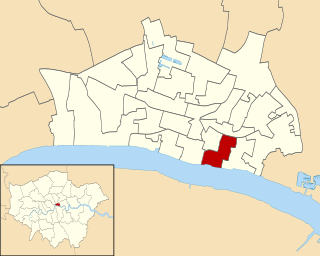
Bridge and Bridge Without is a small ward in the City of London and is named from its closeness to London Bridge. Since boundary changes in 2003, Bridge is bounded by the River Thames to the south; Swan Lane and Gracechurch Street to the west; Fenchurch Street to the north; and Rood Lane and Lovat Lane to the east.

Dowgate, also referred to as Downgate and Downegate, is a small ward in the City of London, the historic and financial centre of London, England. The ward is bounded to the east by Swan Lane and Laurence Poutney Lane, to the south by the River Thames, to the west by Cousin Lane and College Hill, and to the north by Cannon Street. It is where the "lost" Walbrook watercourse emptied into the Thames.

Queenhithe is a small and ancient ward of the City of London, situated by the River Thames and to the south of St. Paul's Cathedral. The Millennium Bridge crosses into the City at Queenhithe.

Tower is one of the 25 wards of the City of London and takes its name from its proximity to the Tower of London. The ward covers the area of the City that is closest to the Tower.

Vintry is one of the 25 wards of the City of London. Located within it is the City end of Southwark Bridge and, adjacent to that, the hall of the Worshipful Company of Vintners, the City livery company for the wine trade.

The City of London is divided into 25 wards. The city is the historic core of the much wider metropolis of Greater London, with an ancient and sui generis form of local government, which avoided the many local government reforms elsewhere in the country in the 19th and 20th centuries. Unlike other modern English local authorities, the City of London Corporation has two council bodies: the now largely ceremonial Court of Aldermen, and the Court of Common Council.
























